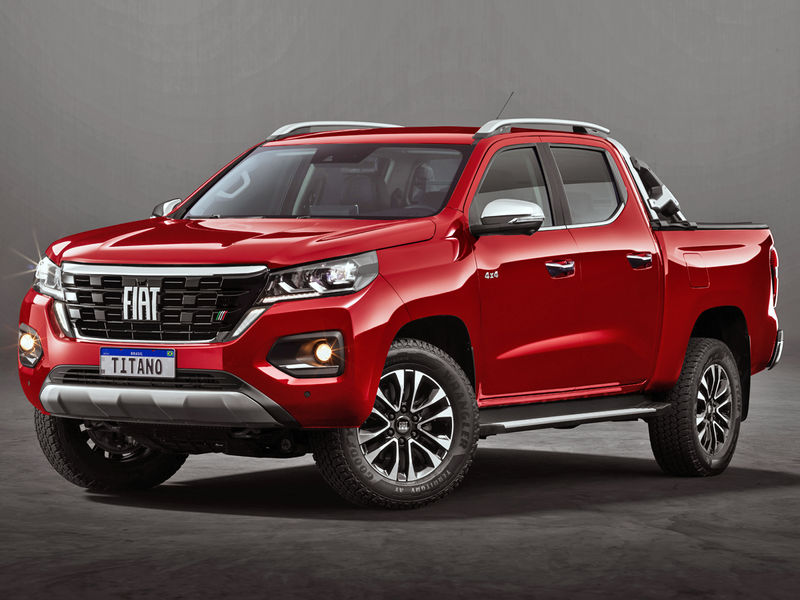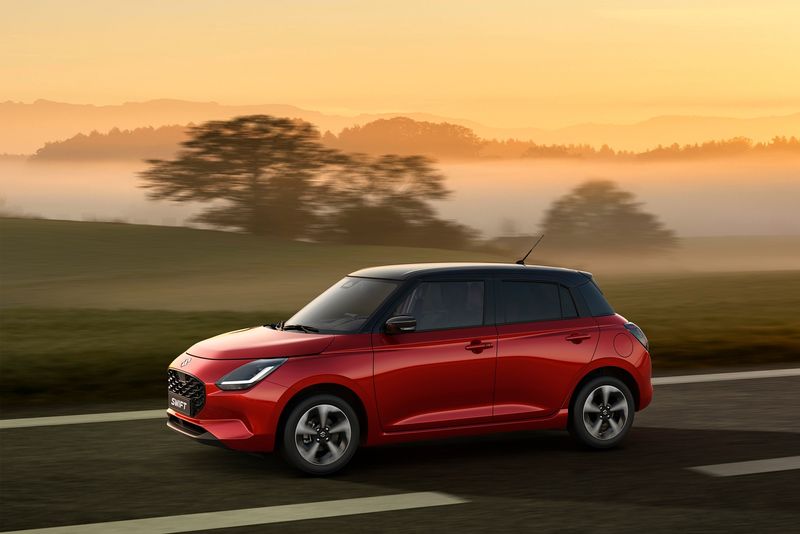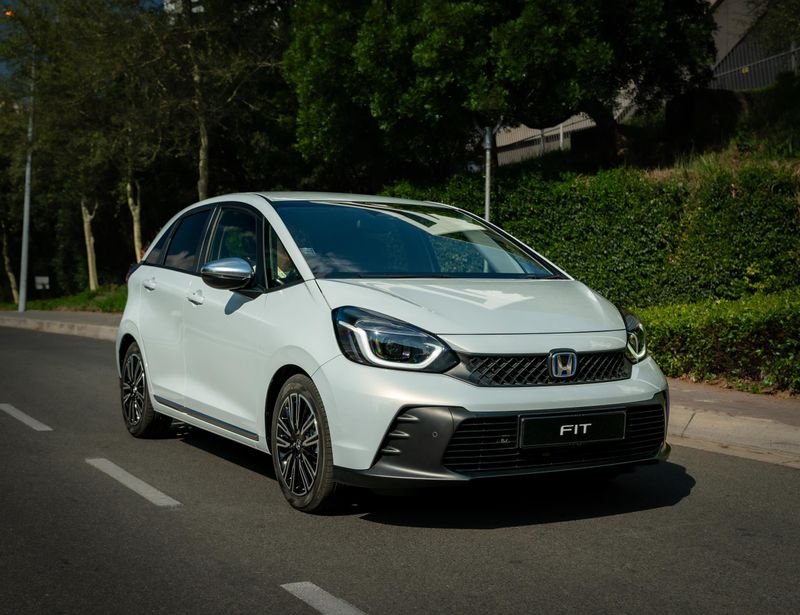To understand the benefits of a limited-slip differential (often abbreviated to “LSD” in automotive literature) you have to understand the basic components involved in turning a car’s engine power into forward (or reverse) movement. While there are differences between a front-wheel-drive and rear-wheel-drive vehicle’s layout, the key components are the same and include a transmission, a driveshaft (or half shaft), an axle, and a differential.
While the transmission and driveshaft essentially modulate the difference between engine speed and wheel speed, the differential’s job is to transfer the engine’s rotational energy to the left and right wheels, either by way of the axle in rear-wheel-drive (RWD) cars or half shafts in front-wheel-drive (FWD) cars. This is a complex process because the rotating speed of the left and right wheels isn’t consistent – it needs to vary when a vehicle transitions from traveling in a straight line to going around a corner.
When a vehicle turns, the inside wheel naturally spins slower than the outside wheel, and the differential accommodates the different speeds needed between these wheels for the vehicle to turn smoothly and reduce tire wear. This is accomplished through a combination of gears, including the pinion gear that connects to the driveshaft, the main drive gear within the differential, plus the spider gears and side gears that direct power to each axle (or half shaft).
The design of these gears, and how they react to varying levels of resistance between the left and right wheels, is what defines an open differential (or “open diff”) compared to a limited-slip differential (or “limited-slip diff”). Both will allow a sufficient degree of variation between the left and right wheels to make smooth turns. But a limited-slip differential uses clutch packs to only allow a small degree of variation between the wheels before it forces both wheels to turn at roughly the same speed, regardless of variations in resistance between the two sides.
This is important because if a vehicle with an open differential is driving over a slippery surface the wheel with the least resistance will get all the engine power. This can create endless wheel slip on the side with less traction while the wheel with more resistance (better traction) gets no amount of power. Anyone who has ever been stuck in snowy or icy road conditions knows how frustrating this can be. A limited-slip differential avoids this loss of traction by engaging both wheels to improve traction and driver confidence on slippery surfaces.
There are various types of limited-slip differentials, from the early viscous LSDs and clutch-type LSDs that used clutch packs and heated fluid, to the more advanced torque-sensing and clutch plate LSDs on modern cars. The latest high-performance cars utilize advanced, real-time torque vectoring and all-wheel-drive systems to precisely modulate how much engine power is sent to each individual wheel, based on available traction. This technology can actually reduce understeer, subtly rotating a vehicle based on steering wheel angle and throttle input. But regardless of which technologies and types of LSD a vehicle offers, they all have the same goal of improving traction and control.
Early in the development of limited-slip differential technology General Motors trademarked the term “positraction” (short for positive traction) for its limited-slip differential technology. Torsen, short for torque sensing, is another brand name associated with this technology. It’s engineered for off-road vehicles and uses a formula based on the difference in the amount of torque being directed to each wheel to potentially lock the differential before a wheel spins.
Which brings us to the concept of the locking differential. Unlike a limited-slip differential that allows for a small variation in wheel speed between the left and right sides, a locking differential literally locks both axle shafts together, forcing both wheels to turn at the exact same rate. While this situation would actually hamper driver control for performance cars in on-road driving conditions, it provides added traction for four-wheel drive vehicles as they climb over rocks or out of deep ruts.
Unlike sports cars and race cars that need maximum traction at high speeds, off-road vehicles are usually traveling at very low speeds when doing their most aggressive off-roading, so locking the differential and forcing the wheels to turn at the same speed isn’t an issue. The available torque produced by these vehicles can be quite high, making durability a primary concern and
Because the most capable off-road vehicles typically use rear-wheel-drive based drivetrains, it’s usually the rear differential that houses the differential locker. But several new models, including the Jeep Wrangler Rubicon, Ford Bronco and Mercedes-Benz G-Class have both front axle and rear axle locking differentials.
There are various locking differential technologies offered by brands like Audi, BMW, Ford, and Jeep. These include automatic locking differentials, as well as selectable locking differentials that let the driver decide when it’s time to “lock up” or disengage one or both axle locks to improve traction control. If original equipment manufacturers (or OEM) brands like Nissan or Toyota don’t offer selectable lockers that meet your needs, aftermarket brands that specialize in off-road equipment, like ARB, Auburn Gear, Detroit Lockers, Eaton and Ox, also leverage specific coupling technology to lock the wheels together.
More from iSeeCars.com:
28 Best SUVs for Off-Roading What Does RPM Stand For? What is a JDM Car and How Did they Become Popular in the U.S? If you’re in the market for a new or used car you can search over 4 million used and new trucks, cars, and SUVs with iSeeCars’ award-winning car search engine that helps shoppers find the best car deals by providing key insights and valuable resources, like the iSeeCars free VIN check report. Filter by vehicle type, rear- or four-wheel drive, and other parameters in order to narrow down your car search.





